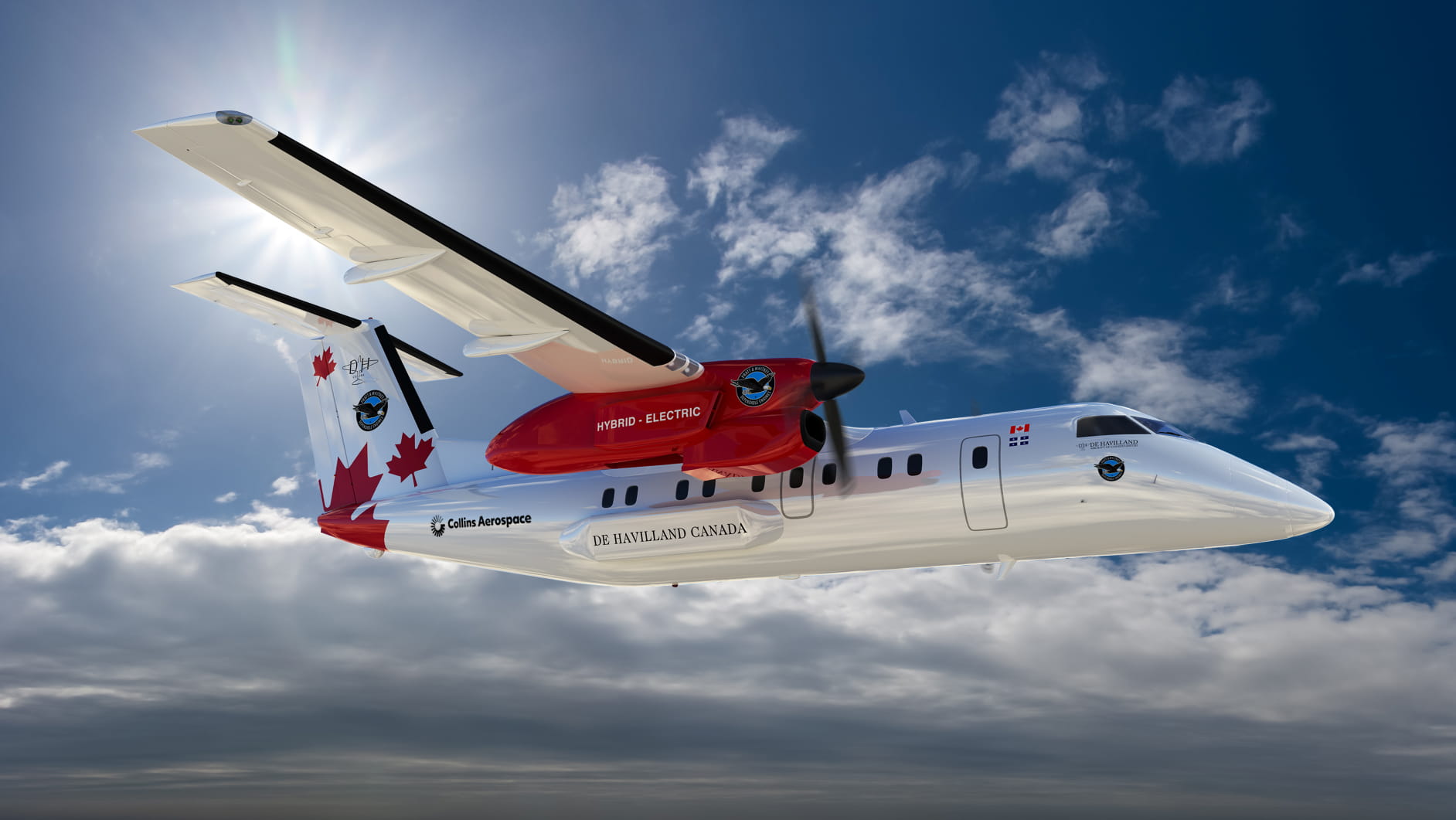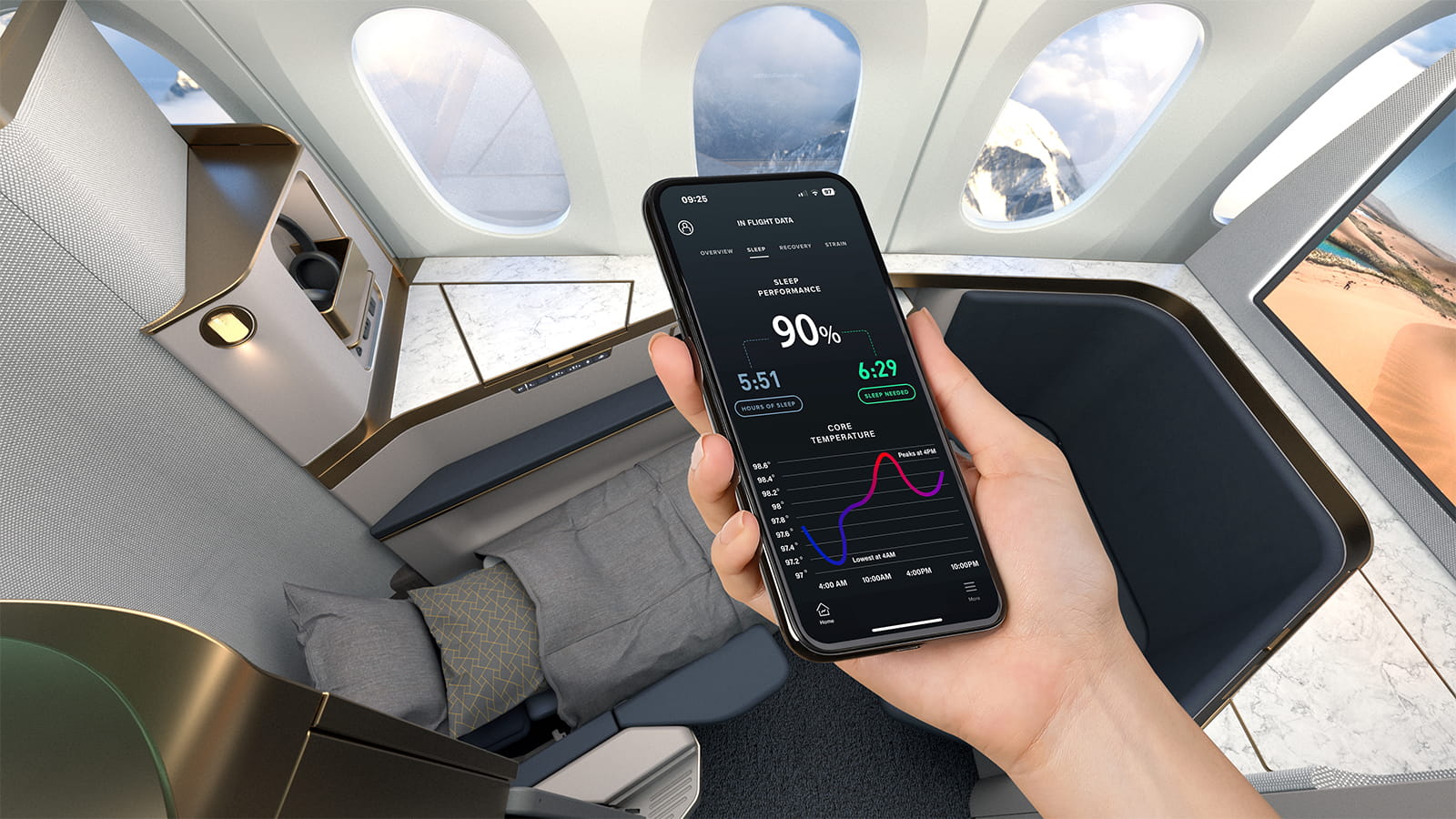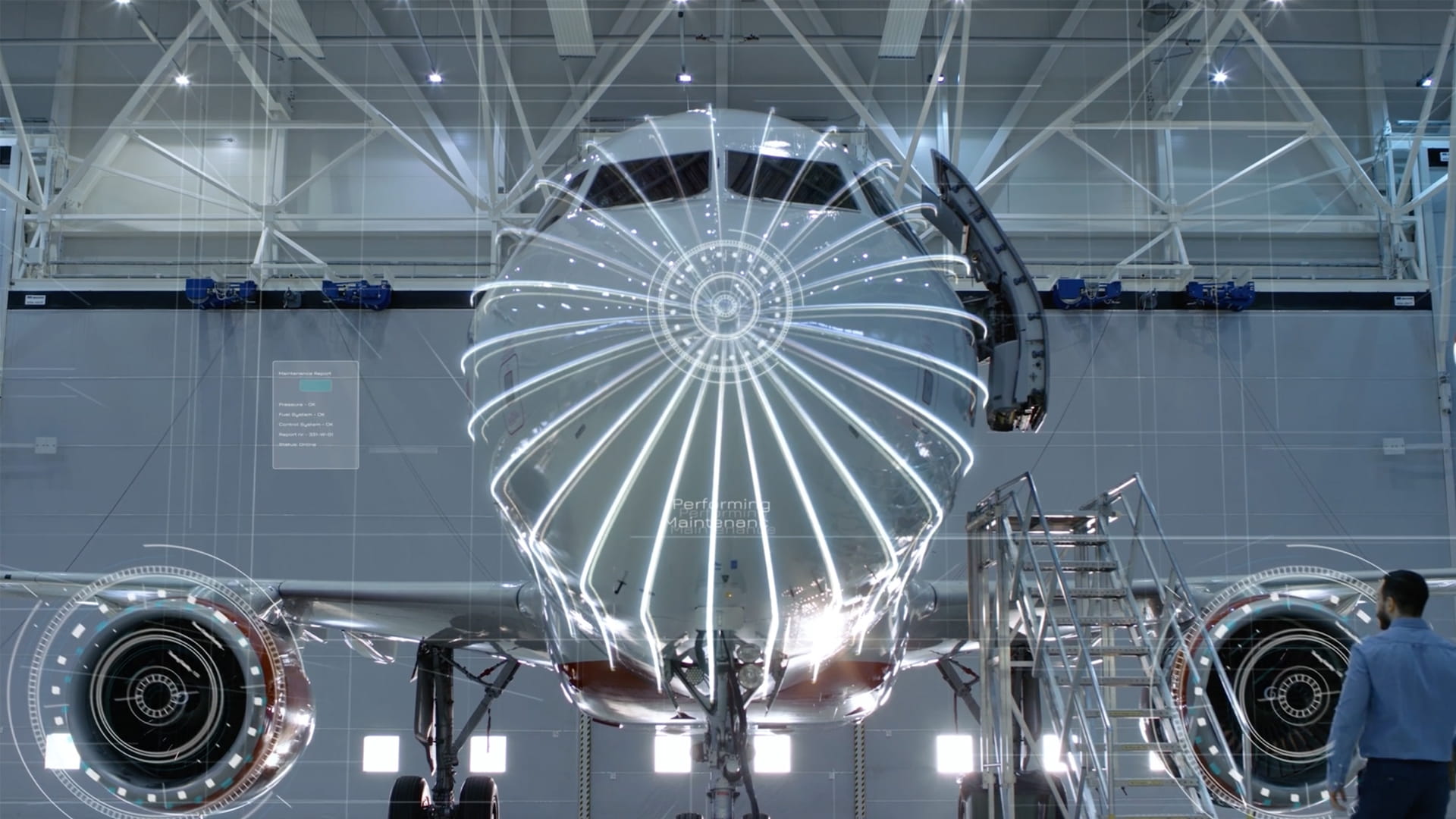The Power of Electric Flight
From “more electric” systems to hybrid-electric propulsion, Collins Aerospace is exploring every angle of aircraft electrification to help decarbonize aerospace.
The aviation industry is working diligently to cut carbon emissions and several promising new technologies are poised to help achieve that goal. Sustainable aviation fuels are on the market today and already making an impact, but while they are a key piece of the puzzle, they can only do so much. Recent studies have shown sustainable aviation fuels have the potential to reduce climate impact by 30 to 60% if produced with CO2 captured from the air.
Aviation creates approximately 1 billion tons of CO2 per year, projected to go to 3 billion by 2050 if no action taken. All-electric and hydrogen-powered aircraft could one day bring order-of-magnitude improvements, but these technologies still require decades of research and development. Yet in between these current and future states lies another promising path that includes system electrification and hybrid-electric propulsion. And the Power & Controls team at Collins Aerospace, a Raytheon Technologies business, is squarely focused on leveraging these technologies to create a more sustainable future for aviation—and for everyone.
More Electric Systems
By replacing traditional hydraulic and pneumatic systems with electric systems, aircraft can reduce the engine bleed air required to power these systems and use approximately 3% less fuel. That’s why a big part of our focus right now is on developing these “more electric” systems.Collins already has significant experience in the development of these systems and manufactures the only bleed-less electric environmental control system in service today for the Boeing 787 Dreamliner. Providing an environmental control system that uses outside air instead of engine bleed air supports the 787 in significantly reducing fuel burn and therefore carbon emissions.
“As aircraft electrification continues, we are exploring ways to convert more of the products across the Collins portfolio to electric power,” said Henry Brooks, president, Power & Controls for Collins. “From actuation systems to fuel and oil pumps, we see broad opportunities to make the switch from hydraulic or pneumatic to electric power and enable reduced emissions for future aircraft.”
Hybrid-Electric Propulsion
Hybrid-electric propulsion systems, which combine fuel-burning engines with electric motors and batteries, have the potential to reduce aviation’s environmental impact even more. These systems can significantly improve aircraft fuel efficiency and lower carbon dioxide emissions, while also reducing noise and operating costs. It is estimated that large commercial and regional aircraft can reduce fuel burn by approximately 5% and 30%, respectively, when implementing hybrid-electric propulsion architectures. With electric motor and battery system technologies advancing rapidly, experts believe a 50-passenger, hybrid-electric aircraft with a range of 500 nautical miles could be certified in the next 10 years.The benefits of electrification aren’t limited to commercial aircraft either. Collins provides key electric power systems for the Lockheed Martin F-35 Lighting II, the most electric combat plane flying, and continues to invest in technologies that will improve power density and machine efficiency to support future combat missions.
Added Brooks: “Next-generation military aircraft will require increased power and operational capabilities to perform their missions, and we’re extending the work we're doing with electrification to more and more defense applications.”
Powerful Partnerships
Recently, Collins’ sister business Pratt & Whitney Canada announced plans to integrate new hybrid-electric propulsion technology into a De Havilland Canada Dash 8-100 flight demonstrator. Pratt’s fuel-burning engine will be combined with an advanced electric motor from Collins in a hybrid configuration that will optimize engine performance throughout the different phases of flight and demonstrate potential fuel savings of around 30 percent.Collins has also teamed up with U.K.-based Hybrid Air Vehicles and researchers at the University of Nottingham on the world’s first zero-emission aircraft, Airlander 10. To achieve zero-emission operation, Airlander 10’s four fuel-burning engines will be replaced by 500 kilowatt electric motors provided by Collins. This will happen in a phased approach, beginning with the two forward engines in 2025 to achieve hybrid-electric operation, and the two rear engines in 2030 for zero emissions.
In addition, Collins is working with NASA and the University of Illinois at Urbana-Champaign (UIUC) on a one-megawatt electric motor that could help propel future, more environmentally friendly and economically sustainable aircraft. The motor was tested in a lab at Collins’ Electric Power Systems center of excellence in Rockford, Illinois in spring 2021. According to NASA, the motor “…is operating at a power level with a power density and efficiency better than any motor that we are aware of…This is a major achievement and a significant step towards the realization of hybrid-electric propulsion for large transport aircraft.”
Taken together, Brooks believes these three programs signal a bright future for Collins’ sustainable electric flight objectives.
“Our work on the Pratt demonstrator, Airlander 10 aircraft and NASA/UIUC programs offer significant opportunities to advance hybrid-electric technologies critical to sustainable aviation,” Brooks said. “Our electric motors are integral to the reduced greenhouse gas emissions these initiatives have targeted, and we look forward to continuing to work with our partners to break new ground in sustainable aviation.”




